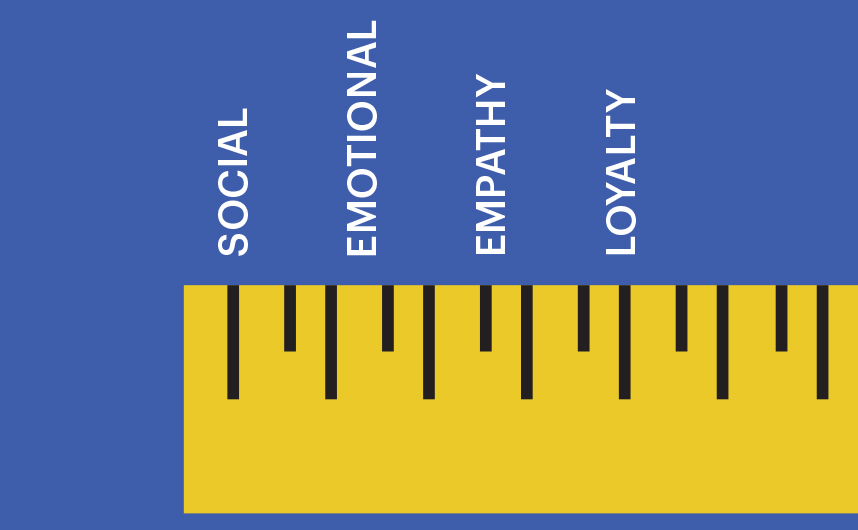Tough time call for strong leaders
As recognition sets in that the COVID-19 crisis will not be short-lived, companies must respond appropriately by communicating in ways that are empathetic and relevant, contextually aware, human and sensitive. Leaders, brand stewards, and their teams must be extremely focused, keep up with the new normal of uncertainty, and have the ability to rapidly re-evaluate what their company stands for, how it communicates, and why this matters now more than ever.
Leadership Character
An excellent post at IMD.org speaks to two attributes that the writers, Professors Stewart Black and Allen Morrison, believe are necessary for leaders of global organizations today: emotional connections and integrity.
I think this advice is great for any business leader, not only those operating at the “global” level. Here’s the section on emotional connections that talks about being sincerely interested in others, genuinely listening to others, and understanding different viewpoints.
Emotional connections
Global leaders need to establish personal, empathetic relationships with people from all backgrounds inside their company, and in the broader community. Doing this requires three distinct abilities: sincere interest in other people, a heightened ability to listen, and a strong capacity for understanding different viewpoints.
Sincere interest in others
Our research found that effective global leaders actually like people – all kinds of people. They enjoy talking with people and being around them. They care about people and want in some way to make their lives better. All of these attributes help them to form better business relationships, which are a critical part of doing business in many countries. “International customers buy a relationship, not equipment,” David Janke, Vice President of Business Development at Evans & Sutherland, told us. “We’re not selling equipment: we’re selling somebody’s career, because she’s got her neck on the line. She is buying something and making a large investment,” he said. “If it doesn’t work, everybody points the finger at her, so she wants to deal with a company and people…that she trusts.”
Genuinely listening to people
Being interested in people is not the same as genuinely listening to them. As one executive recently told us, “It can be too easy when you are in a leadership position to do all the talking.” Yet, for others to feel understood, leaders must excel at picking up verbal and non-verbal communications. They must also overcome the “everyone thinks the same” assumption, which suggests a superficial understanding of the aspirations, interests, and feelings of other people.
Understanding different viewpoints
Understanding people requires leaders to relate personally to the lives of their employees, customers, and others who are relevant to the business. It means understanding context and, more specifically, how to provide appropriate leadership within it. For example, how a 40-year-old American expatriate manager delegates to a 35-year-old Japanese subordinate with a U.S. MBA should differ significantly from her delegation to a 55-year-old Japanese subordinate with no U.S. experience. To succeed, the American manager should pay much greater deference to the 55-year-old Japanese subordinate.
Effective Leadership
Establishing emotional connections is an essential part of effective global leadership, but this is not the same as “going native.” Leaders who are interested in people, who are excellent listeners, and who are familiar with local conditions and traditions do not have to become like the people they are with. While they need to keep an open mind, they should never forget who they are or what they represent.
When leaders have character, their behavior influences people throughout the organization. This impacts on every aspect of the business, including the way its brand behaves. When the organizational culture is built around character, a new way of being emerges that is far more appealing to people, both inside and outside the business.
To sum up: When you bring empathy to your leadership style, you win. When your leadership style makes your brand more empathetic, everyone wins.
Emotive Brand is a brand strategy firm.























